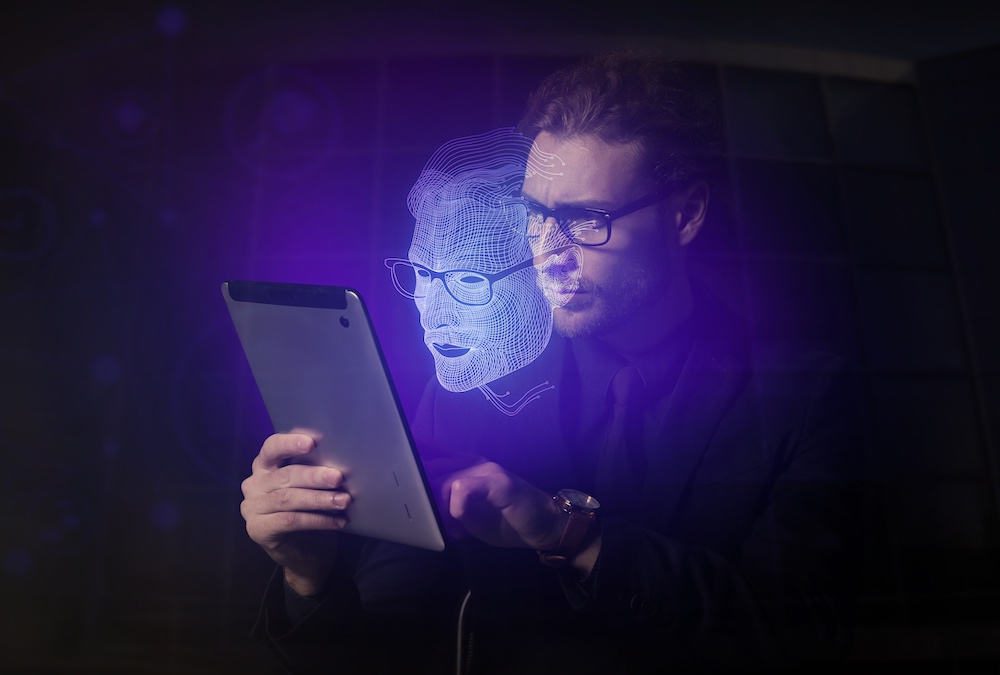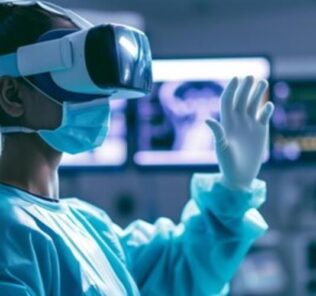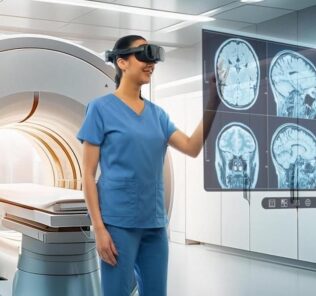How Digital Twins Will Change Healthcare Education
Do Digital Twins have applications in healthcare simulation? Digital Twins are virtual models of physical objects, processes, or complex systems that are created to accurately mimic their real-world counterparts. These “Twins” are models that are created using data analytics and AI algorithms that aim to provide a detailed representation of the physical entity they represent along with predictions of behavior, performance, and interactions in their environment. This HealthySimulation article will detail the ways in which Digital Twins have been historically used and discuss the potential for the concept to be utilized in the world of healthcare simulation and medical education.
While Digital twins have been around for several decades, recent developments in the technology have given programs the tools to create more sophisticated digital twins that can more accurately simulate processes or environments which need repeated review safely. Initially Digital Twins were mainly utilized in manufacturing, engineering, and urban planning with the goal to reduce costs and minimize inefficiencies from the labor force. These industries have paved the way for Digital Twin concepts to be utilized in other spheres and provide valuable insight into the most effective uses of the technology.
Digital twins have the potential to revolutionize the way diseases are diagnosed, treated, and prevented. By collecting data from various sources, including a patient’s specific medical history, medication lists, and biophysical stats from wearable devices, healthcare professionals can create a digital twin that can simulate future states of that person. This data-driven approach to healthcare can be particularly useful in creating personalized treatment plans that take into account the unique biological, environmental, and lifestyle factors of each patient.
Sponsored Content:
The digital twin of the patient would allow clinicians to simulate a variety of health outcomes by changing specific variables like diet, exercise, or the introduction of a new medication to see the predicted effect on the patient before implementing those changes in real life. Those predictions can then help healthcare professionals make more informed decisions about treatment options and discuss their reasoning with the patient. The digital twin of the patient can help medical providers predict the onset of certain diseases or conditions and allows for early intervention.
Because the digital twin relies on data to make predictions, as more sources of information about the patient are placed into the algorithm, the more accurate the forecast will be. A patient’s digital twin may include data from medical imaging, genetic testing, or wearable devices like an Apple watch to give the digital twin even data to improve the forecast of the patient. By collecting this data and analyzing the information using advanced algorithms, healthcare professionals can gain a more comprehensive understanding of the patient’s unique biology and develop personalized treatment plans.
Digital twins have also proven to be particularly useful in simulating medical procedures. Digital twins allow healthcare professionals to practice and refine their skills in a safe and controlled environment. This can be particularly valuable for complex procedures that carry a higher risk of complications.
Using this technology, a surgeon can create digital twins of a patient’s hearts to practice delicate procedures before performing them in real life. This can include procedures such as heart valve replacements, pacemaker implantation, and stent placements. By practicing these procedures on the digital twin, surgeons are able to gain a better understanding of the specific anatomy and function of the patient’s heart and refine their techniques to the needs of the individual patient. This extra practice in a safe environment reduces the risk of complications when the procedure is actually performed.
Sponsored Content:
In addition to surgical procedures, digital twins can also be used to simulate medical interventions such as drug delivery or radiation therapy. By creating a digital twin of the patient’s body, doctors can simulate the delivery of drugs or radiation and assess their effectiveness along with potential side effects. This can help doctors develop more effective treatment plans and minimize the risk of side effects.
Not limited to replicating a patient, Digital Twin technology can also be used to create virtual copies of entire healthcare systems. By having a digital twin of the hospital at a macroscopic level administrators can gain insights that can help to prevent bottlenecks, identify staffing needs, and predict resource allocations. An example of this would be a digital twin of a hospitals’ emergency department. By simulating patient flow at various levels of staffing, hospital leadership can reduce the average wait time by developing new policies to improve patient flow based on what the digital twin simulation reveals.
In the event of a disease outbreak, digital twins can be harnessed to model the spread of the disease and predict the impact on the specific healthcare ecosystem being replicated. The digital twin allows hundreds of these simulations to occur simultaneously and can showcase which variables have the greatest positive impact when changed. The knowledge of these predicted outcomes can then allow the leadership to prioritize resources and treatment plans to reduce stress on the health system.
However, the use of digital twins in healthcare has raised some concerns from those worried about data security. One of the major challenges surrounding digital twins is the quality and reliability of data used to create them. A Digital twin is only as accurate as the data that goes into their creation, and if the data is flawed or incomplete, the digital twin cannot accurately represent their real-world counterpart. If utilizers of the digital twin technology rely too heavily on conclusions from a digital twin that is inaccurate the consequences could be severe.
Another concern is the security and privacy of patient data. Since digital twins of patients rely on large amounts of patient identifying data properly handling that information is paramount. To ensure the safety of their patients, healthcare organizations must take adequate measures to protect patient data and ensure confidentiality by following all HIPAA guidelines.
Despite these challenges, digital twins have the potential to transform the world future of healthcare As the technology continues to advance clinicians, healthcare educators, and hospital leadership can expect to see even more innovative applications of digital twins across healthcare and medical education. With the unique ability to predict patient outcomes, practice unique procedures, and identify risk areas in a hospital response, digital twins utilize a virtual world to improve the real one.
Read More on Digital Twins in Medical Simulation
Wesley Lockhart, PhD.c, MSMS, CHSE, CHSOS – Wesley has been involved in medical simulation for almost two decades, having started his simulation career as a Standardized Patient throughout high school and college. His first position out of college while preparing for medical school was a simulation technician at UC Riverside, he fell in love with medical simulation and the impact it could have on future providers and their future patients. After deciding against medical school, Wesley pursued a graduate degree in Medical Simulation from Drexel University, received his CHSE and CHSOS from SSH, and is currently a PhD candidate at MGH-IHP. Currently, Wesley works as the Simulation Director at the newly established University of Texas Tyler School of Medicine after 8 years at UC Riverside. His interests in simulation focus on Artificial Intelligence, Virtual Reality, Mastery learning, Debriefing, and integrating simulation into established curricula. Wesley lives in East Texas with his wife Kristen, daughter Sophie, and 3 standard poodles. When not head down in a simulation scenario, Wesley enjoys video games, fantasy novels, escape rooms, and board games with friends.
Sponsored Content:


















